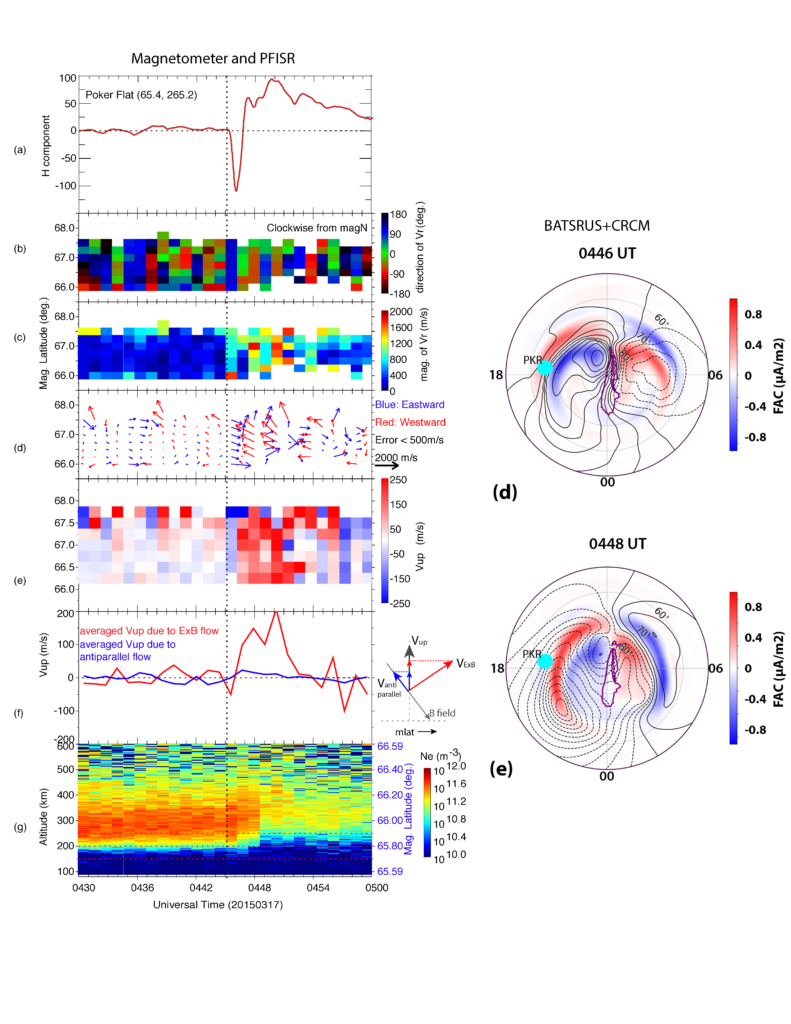A sudden increase of solar wind dynamic pressure associated with an interplanetary shock or a discontinuity leads to a large-scale compression of the magnetosphere, and such a compression is referred to as sudden commencement (SC) based on the ground-based magnetometer observations. SC is usually used to describe a broad range of phenomena, including sudden storm commencement (SSC) and sudden impulse (SI), and emphasizes the compression effect associated with dynamic pressure enhancement regardless of whether or not a geomagnetic storm follows the compression. Depending on the polarities of the magnetic field perturbation and the field-aligned currents (FACs), the response of the coupled system can be characterized into two phases, i.e., the preliminary impulse (PI) phase and the main impulse (MI) phase. We study the effects of solar wind dynamic pressure in the coupled MIT system using various instruments and numerical models [Zou et al., 2017, Ozturk et al., 2017, 2018, 2019].

